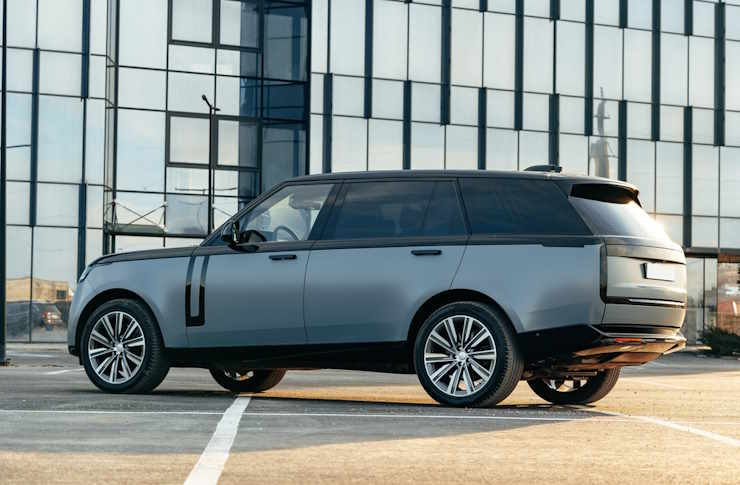The New Era of Hydrogen Power: A Deeper Dive into Hydrogen Fuel Cell Vehicles
In the ever-evolving world of automotive technology, hydrogen fuel cell vehicles are making a splash. Join us as we delve deep into the fascinating world of these alternative fuel vehicles, their impact on the automotive industry, and what they mean for the future of transportation.

The Genesis of Hydrogen Fuel Cell Vehicles
Hydrogen fuel cell vehicles, also known as FCEVs, are not a new concept. The idea dates back to the mid-19th century when scientist Sir William Robert Grove developed the first fuel cell. However, it wasn’t until the late 20th century that car manufacturers began seriously exploring hydrogen as a clean, renewable energy source for vehicles. The first hydrogen fuel cell vehicle to be commercially available was the Honda FCX Clarity, released in 2008. Since then, several other automakers, including Toyota and Hyundai, have released their own FCEVs.
How Hydrogen Fuel Cell Vehicles Work
FCEVs operate differently from traditional internal combustion engines. Instead of relying on gasoline, these cars use hydrogen gas stored in high-pressure tanks. When this hydrogen combines with oxygen from the air in the fuel cell stack, it generates electricity. This electricity then powers the electric motor, which drives the vehicle. The only byproduct of this process is water vapor, making FCEVs a zero-emission vehicle.
The Current Landscape of Hydrogen Fuel Cell Vehicles
In recent years, the automotive industry has witnessed a slow yet steady growth in the adoption of FCEVs. However, they still represent a tiny fraction of the global car market. Key factors contributing to this slow uptake include the high cost of hydrogen fuel cell technology and the lack of infrastructure, such as refueling stations. Nevertheless, automakers are continuing to invest in this technology, driven by the potential benefits of hydrogen as a clean, abundant energy source.
The Advantages and Challenges of Hydrogen Fuel Cell Vehicles
FCEVs offer several significant benefits, including zero emissions, fast refueling times (comparable to filling up a gasoline car), and long driving ranges. However, they also face several challenges, such as high production costs and the lack of hydrogen refueling infrastructure. Additionally, the process of producing hydrogen often involves natural gas, which raises concerns about the overall environmental impact.
Future Prospects for Hydrogen Fuel Cell Vehicles
Despite the challenges, many experts believe that FCEVs have a promising future. Governments and industry players are investing heavily in hydrogen technology and infrastructure, driven by the goal of reducing carbon emissions. Meanwhile, advancements in technology are expected to bring down the cost of hydrogen production and fuel cell systems, making FCEVs more affordable for consumers. As these efforts continue, hydrogen fuel cell vehicles might well become a common sight on our roads in the not-too-distant future.
This exciting chapter in automotive history underscores the industry’s commitment to innovation and sustainability. As we drive into the future, it will be fascinating to see how the story of hydrogen fuel cell vehicles continues to unfold.



